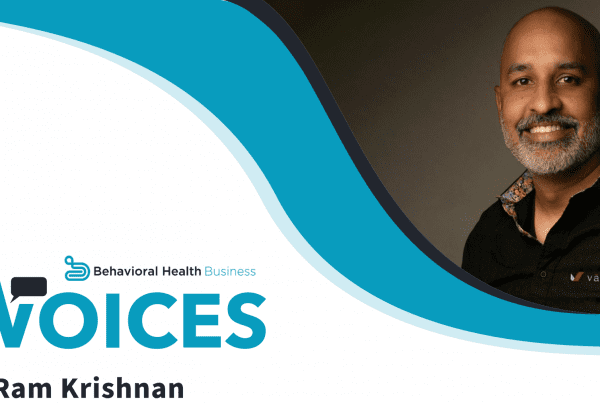Although social media platforms can help us stay in touch with friends, colleagues, and family, these services also have a toxic side, especially for young people. In his June 2024 op-ed, U.S. Surgeon General Vivek Murthy called for a surgeon general’s warning label, which requires congressional approval, for the risk of “significant mental health harms for adolescents.”
Mr. Murthy’s proposal was then supported by 42 state attorneys general in a September 2024 letter to congressional leaders. For behavioral health providers, this opens the possibility for candid conversations with patients about the harms of social media. In this article, we will explore this proposal.
The Proposed Social Media Warning Labels
In their letter, the attorneys general for California, Florida, New York, and 39 other states and territories discuss the risks of depression, anxiety, sleep disruption, and suicidal ideation, as well as the tricks social media platforms use to keep children and young adults “relentlessly engaged,” such as “irresistible algorithmic recommendations, infinite scrolling, and a constant stream of notifications.”
Considering relevant research, we can imagine that social media warning labels could be text or graphical, with the latter possibly including a sleep-deprived person, or a gravestone for a victim of suicide.
Rationale Behind the Proposal
Many have noticed that an American youth mental health crisis has coincided with social media platforms and their innovations to maximize revenues and engagement metrics. Further, we now know that the human brain can take up to the mid-20s to fully mature in the area of the prefrontal cortex. This area of the brain controls high-level cognitive functions that help older adults resist the tricks used by social media apps.
Moreover, older adults have extensive offline work, social, and family circles, whereas teenagers, in particular, receive peer pressure and may feel that social media is too central to their lives to quit.
In support of social media warning labels, the attorneys general cite new research that emotionally distressed youths experienced decreases in depression, anxiety, and FOMO, or “fear of missing out,” in a 4-week study where their social media use was reduced. The public health benefits of required warning labels on social media may align with what we have seen with tobacco warning labels, which have been effective at reducing smoking and other tobacco use.
Implications for Behavioral Health Providers
The benefits of social media warning labels may be direct and indirect, like with tobacco. Now, smoking is widely shunned, whereas it was only several decades ago where it was seen as “cool” and of little harm. The warning labels themselves played a role in this shift of public opinion on tobacco, and we can imagine the same for social media.
Behavioral health providers and patients may be more apt to discuss social media in context of its harms, rather than something innocuous, and patients may be quicker to report anxiety, depression, and other symptoms that are being aggravated by social media use. The conversation may also change from one that blames victims for a perceived lack of willpower to one that blames social media companies for the predatory nature of their products.
As this issue evolves, behavioral health providers will want to stay informed about social media-related mental health issues.
The Role of EHR in Tracking Social Media-Related Concerns
We know that electronic health record (EHR) systems can be used to monitor social media-related concerns. For example, providers can add an item to their notes to remind themselves to ask about social media use, or incorporate these concerns into treatment plans. The discussion may even occur as early as patient intake.
In addition, patient assessment questionnaires can be delivered through a patient portal app, which can include questions that periodically ask patients about recent social media use. Accurate documentation is key to addressing this emerging public health issue on an individual level.
A federal social media warning label is a big step toward recognizing and discussing the dangers of social media use, and with the widespread, bipartisan support of 42 attorneys general, it could plausibly happen. Going forward, we encourage you to stay informed and prepared as this landscape evolves.
The Continuum of Change Management
Our whitepaper ‘The Continuum of Change Management’ breaks down the complexities of managing change in your organization and explores how different types of EHR solutions can help you overcome those challenges.









